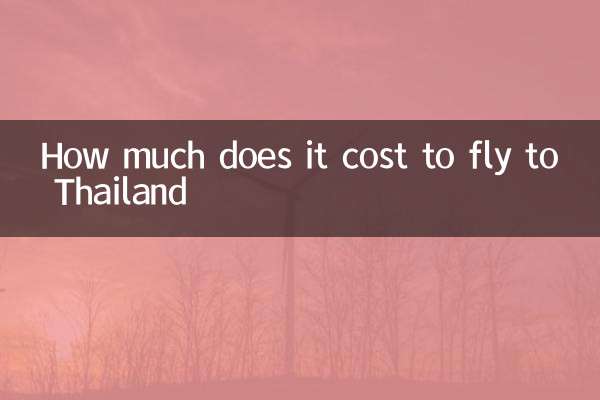How much does a Japanese villa cost? Analysis of the latest market conditions and hot topics
In recent years, Japanese real estate has attracted the attention of a large number of overseas buyers due to its high cost performance and stable return on investment. Especially Japanese villas are not only suitable for vacation residence, but also as long-term investment assets. This article will give you a detailed analysis of the price trend of Japanese villas based on hot topics and structured data from the entire Internet in the past 10 days.
1. Price range of Japanese villas

The price of Japanese villas varies greatly depending on factors such as region, area, and year of construction. The following is a price comparison in major regions:
| area | Average price (Japanese yen) | Average price (RMB) | Examples of popular cities |
|---|---|---|---|
| Tokyo Metropolitan Area | 50 million-200 million | 2.5 million-10 million | Tokyo, Yokohama |
| Kansai area | 30 million-100 million | 1.5 million-5 million | Osaka, Kyoto |
| Hokkaido | 20 million-80 million | 1 million-4 million | Sapporo, Niseko |
| Okinawa | 25 million-100 million | 1.25 million-5 million | Naha, Onna Village |
2. Key factors affecting price
1.geographical location: Prices are higher in metropolitan areas such as Tokyo and Osaka, while prices for remote areas or country villas are relatively low.
2.House area: Japanese villas are usually measured in "ping" (1 ping ≈ 3.3 square meters). The larger the area, the higher the price.
3.Year of construction: Newly built villas are more expensive, but some historic villas may also command a premium due to their cultural value.
4.Supporting facilities: Additional facilities such as hot springs, private swimming pools, and sea views will significantly increase the value of the villa.
3. Recent hot topics
1.Falling yen exchange rate stimulates demand for home purchases: The Japanese yen exchange rate has continued to fall recently, and the cost for foreign investors to purchase Japanese real estate has dropped significantly.
2.Hokkaido ski villas become new favorite: As winter tourism recovers, inquiries for villas in ski resorts such as Niseko have surged.
3.Remote working drives country house craze: More and more office workers choose to buy villas in beautiful countryside as their second residence.
4. Precautions when purchasing
| matter | illustrate |
|---|---|
| Property type | Japan has permanent property rights and leasehold property rights, which need to be confirmed before purchasing. |
| carrying cost | Fixed asset tax, urban planning tax, etc. need to be paid every year |
| Maintenance costs | Villas usually require regular maintenance, especially wooden structures. |
| Loan policy | The loan conditions for foreigners in Japan are strict, so it is recommended to consult in advance. |
5. Investment return analysis
The return on investment in Japanese villas mainly comes from two aspects:
1.rental income: The annual return on short-term vacation rentals is typically between 4-8%.
2.Asset appreciation: The average annual appreciation of villas in popular tourist areas in recent years is about 3-5%.
Take a villa in Okinawa worth 50 million yen (approximately 2.5 million yuan) as an example:
| project | Amount (year) |
|---|---|
| rental income | 4 million yen |
| overhead | 800,000 yen |
| taxes | 500,000 yen |
| net income | 2.7 million yen |
| rate of return | 5.4% |
Conclusion
The price of Japanese villas ranges from one million yuan to tens of millions of yuan. Investors should choose the right property according to their own budget and needs. The recent decline in the yen exchange rate and the recovery of tourism have created a good opportunity to invest in Japanese villas, but the holding costs and maintenance difficulties must also be fully considered. It is recommended to conduct an on-site inspection and consult a professional real estate consultant before purchasing.

check the details

check the details